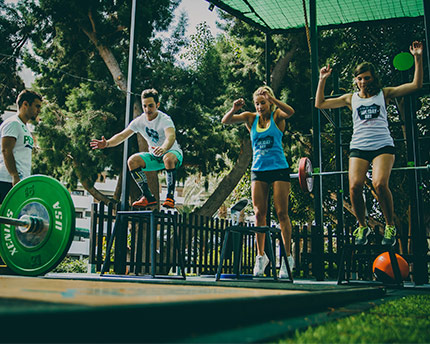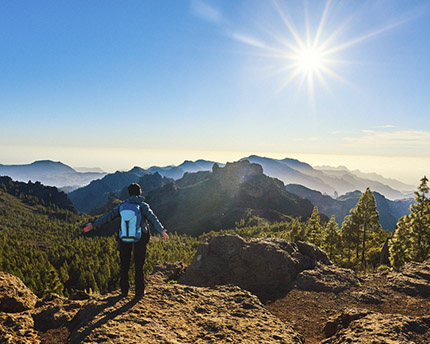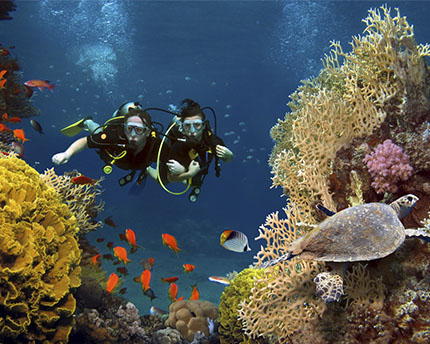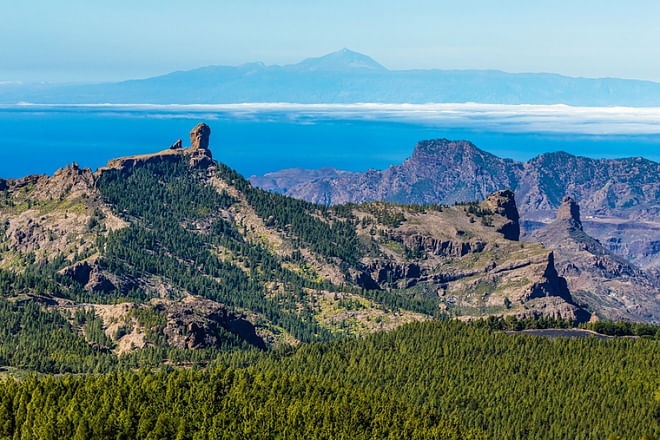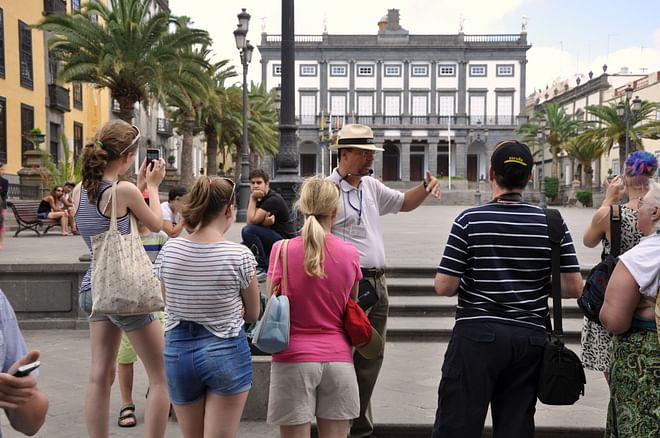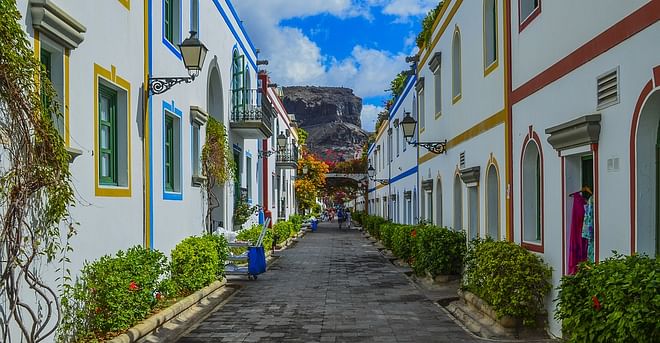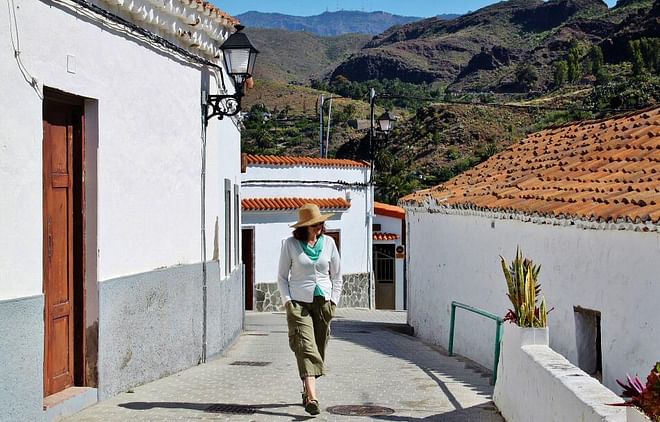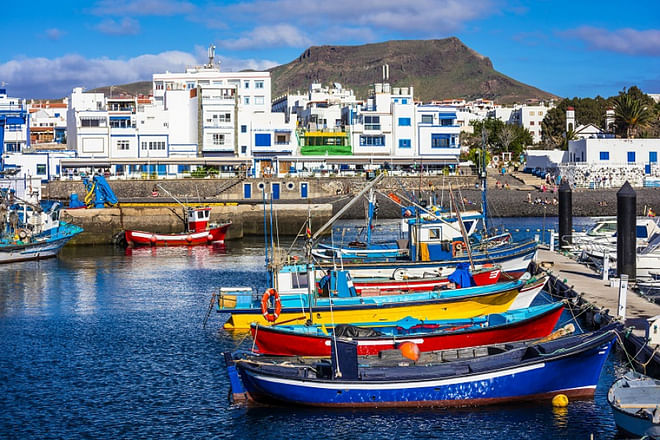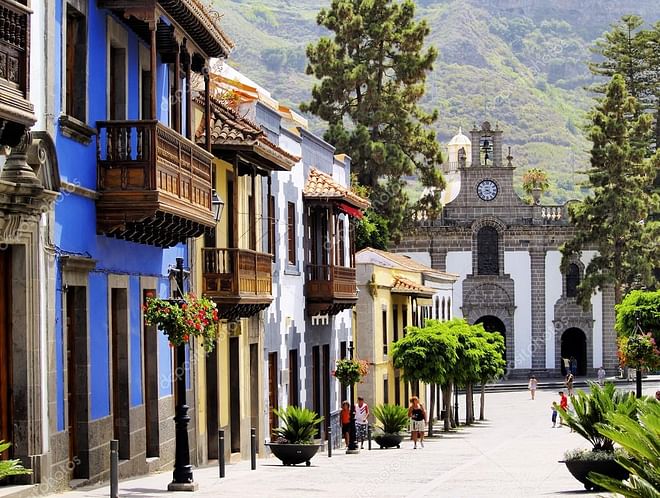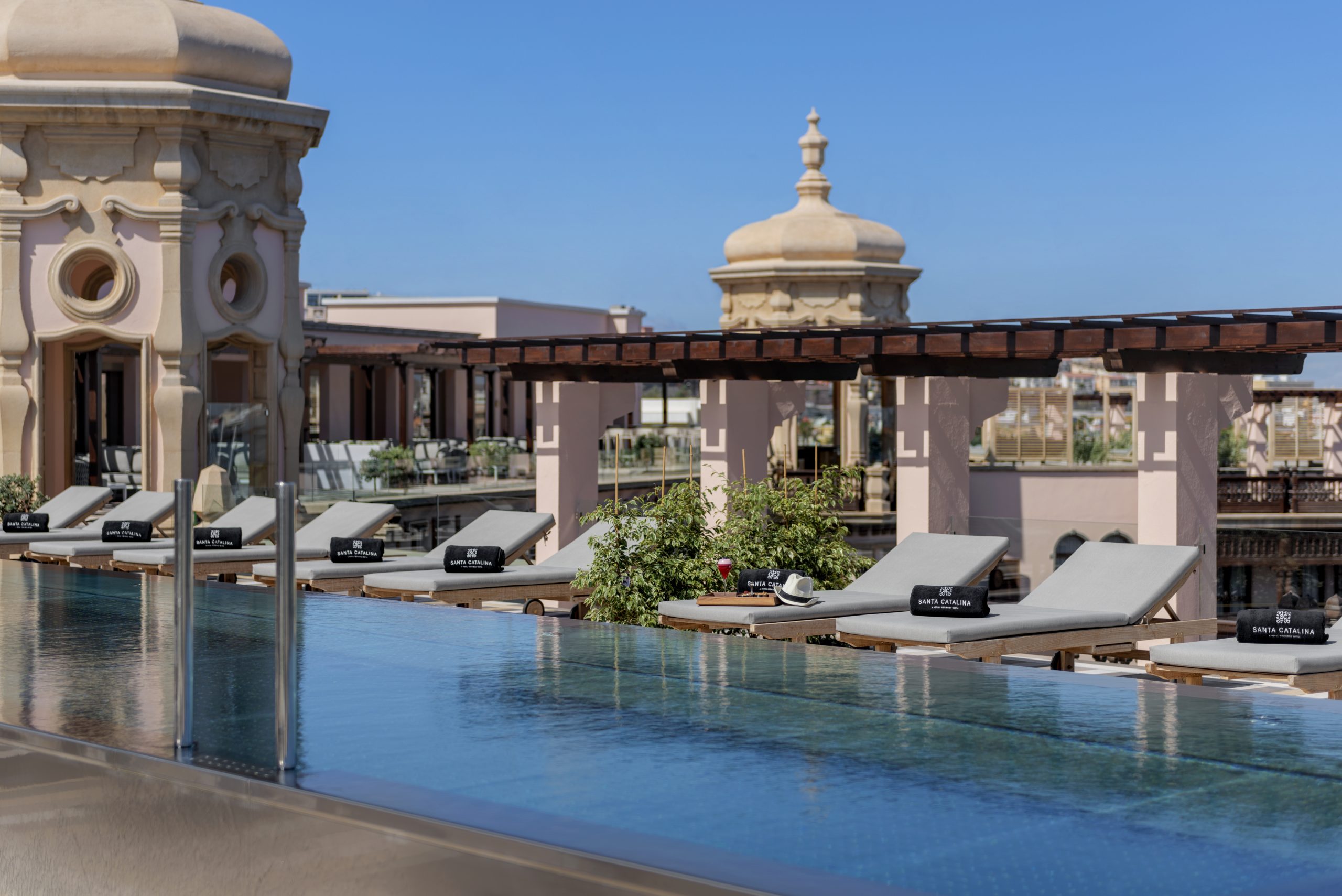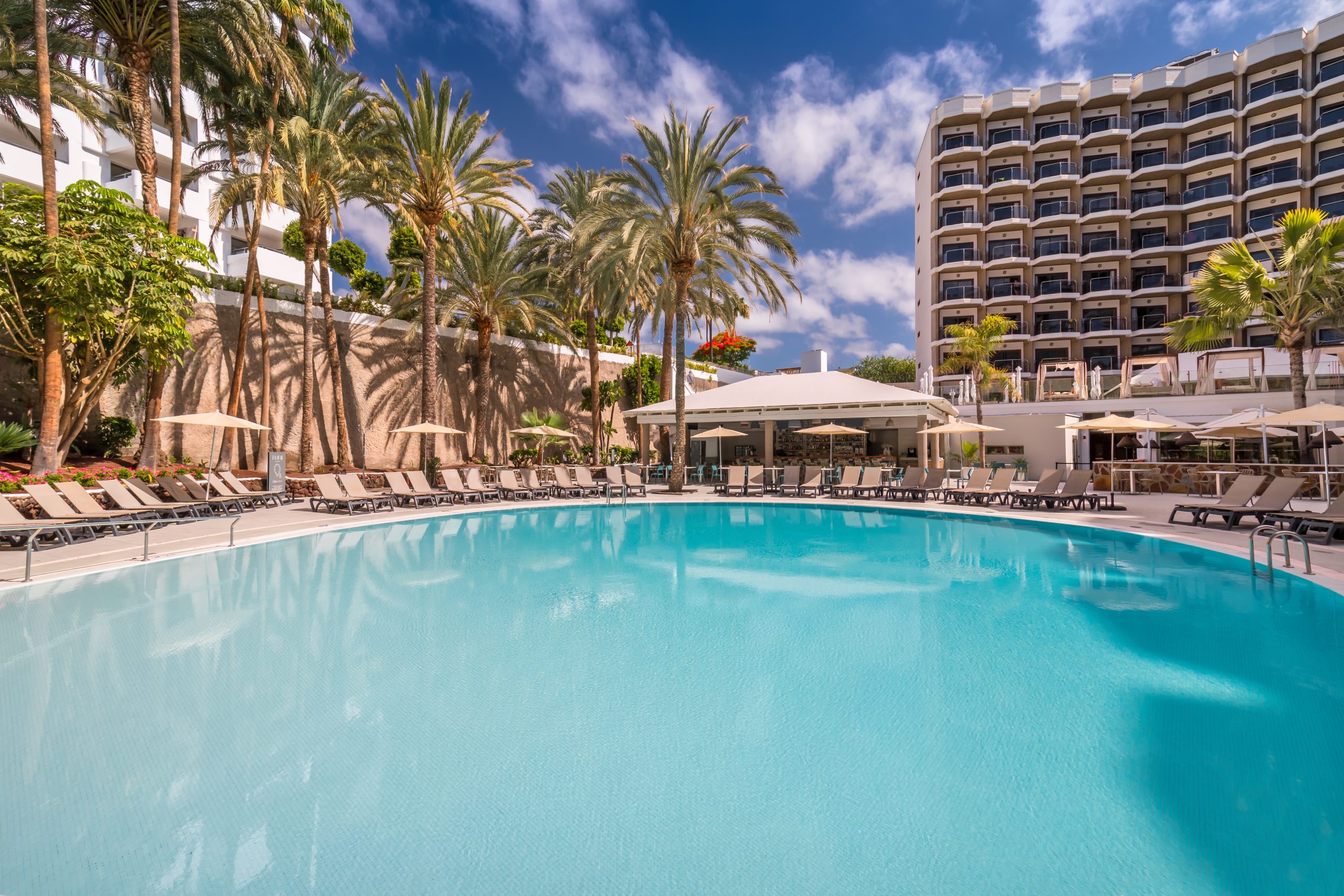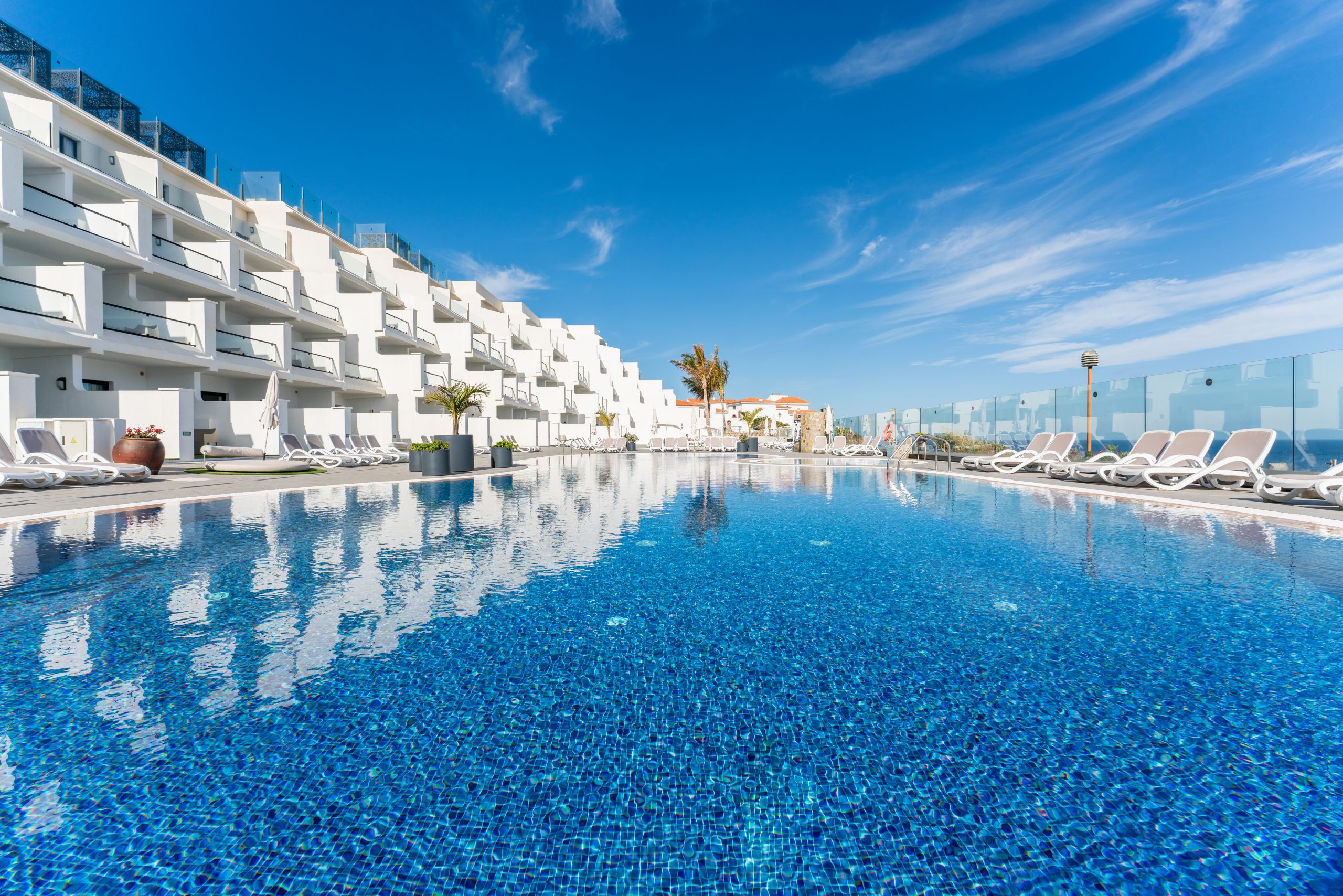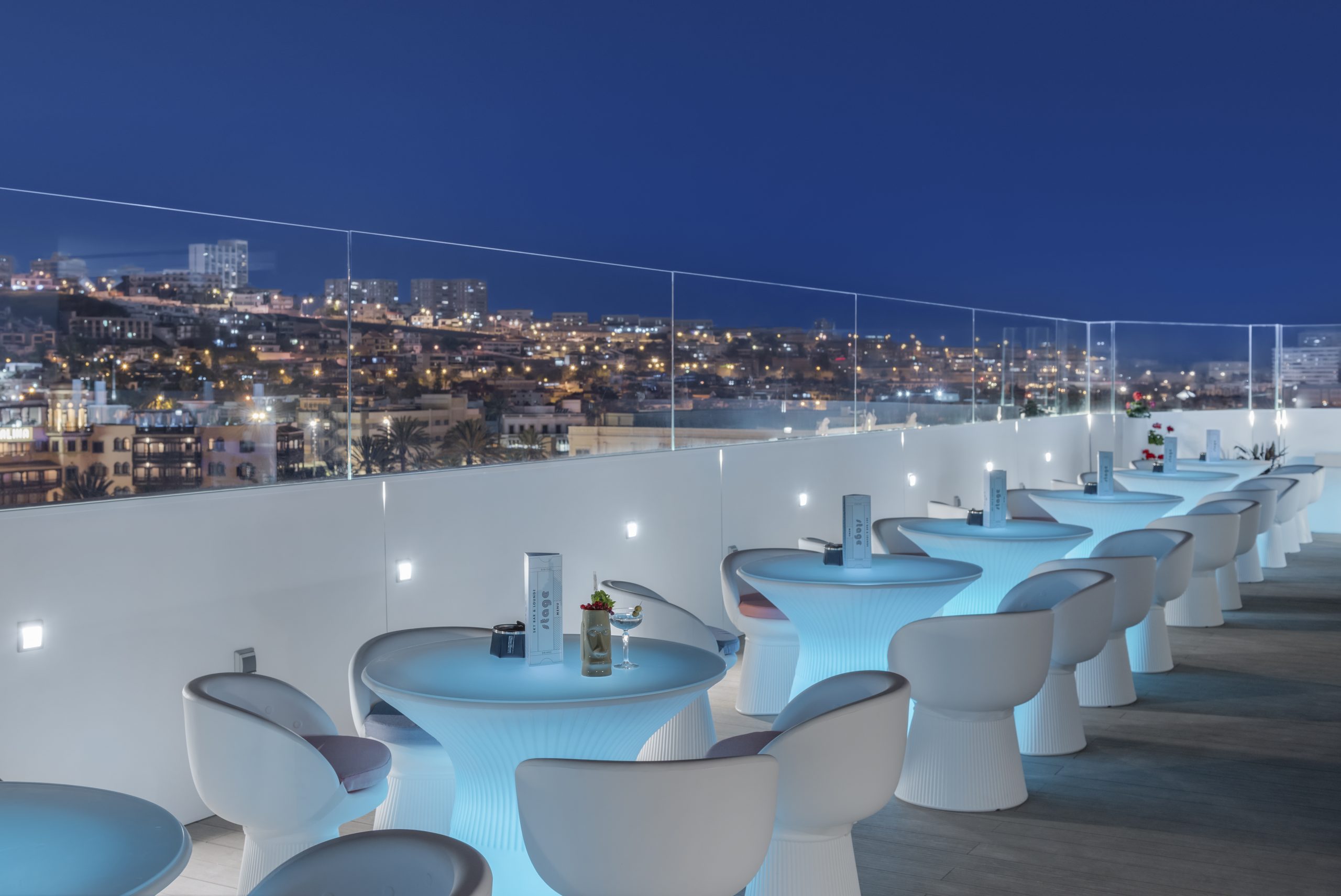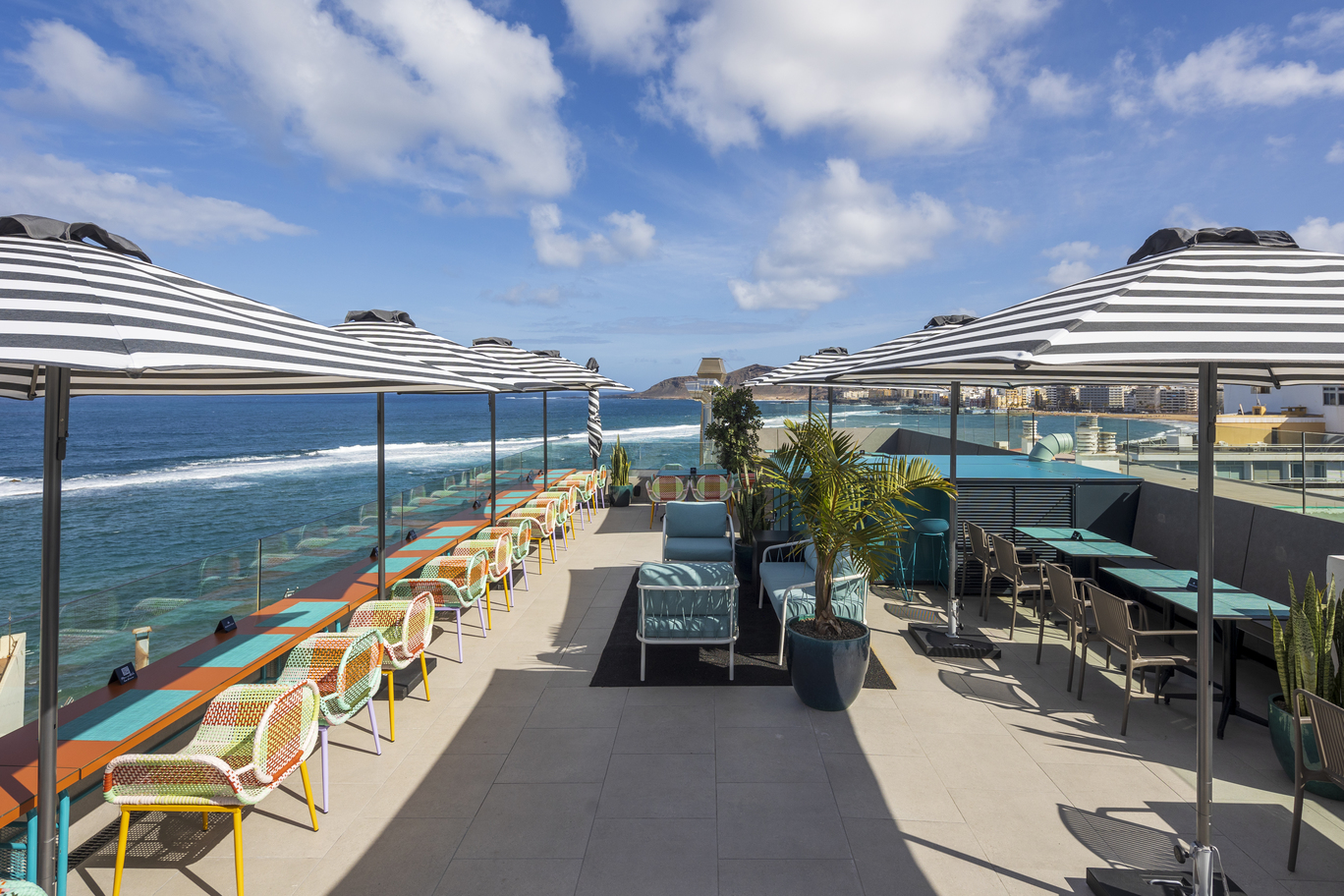It is no secret that the Canary Islands are a surfer’s paradise. The coastal conditions are perfect for this exhilerating sport: several factors combine with a permanent wind to create a swell that produces a natural miracle — perfect breaks suitable for all levels. Finding great surfing in Gran Canaria isn’t just a matter of luck, the island has some of the best established surf spots in Europe.
Playa del Inglés, Maspalomas and other good waves
Gran Canaria can be divided into two large surfing areas. The north, particularly, the urban coast of Las Palmas, has some legendary spots that draw and thrill the most experienced surfers. The waves in Gran Canaria can reach heights of 5 metres in some areas of the north. The south, on the other hand, has Playa del Inglés and Maspalomas, with spots that are perfect for starting out. The waves are low, no higher than 2 metres, and are perfectly manageable whatever your skill level.
With the island being a hub of international tourism, there are also a large number of surf schools in Gran Canaria that are on hand to help the most daring and adventurous visitors start to ride the waves.
When and where to surf in Gran Canaria
Whereas the rest of Europe has the problem of temperatures plummeting at the best time of year to surf, Gran Canaria maintains a balmy temperature all year round. In the Canary Islands, the high season for surfing runs from October to spring (March-April), but that doesn’t mean the conditions aren’t good for the rest of the year.
The only difference is that the waves in winter are bigger and stronger, which attracts seasoned surfers. The flip side is, however, that the currents are stronger and it is more dangerous, so extra care should be taken. The following are the best places to surf in Gran Canaria.
Surf spots in the north of Gran Canaria
If you are an experienced surfer, then the north of Gran Canaria is the place for you. You will find two of the best spots on the island in the area of Las Palmas.
El Confital is considered to be one of the best reef breaks in Europe, if not the best. It is a long, perfect right-hander that expert surfers love. The waves come in fast and powerful with vertical drops. The spot is reached from the city by a busy avenue teeming with local and international surfers. It is easy to find and access on foot or by car. El Confital is deemed to be so good it has hosted some major world championship competitions.
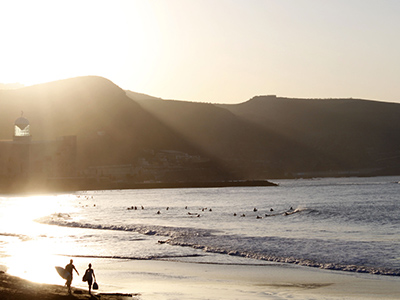
In the same municipality of Las Palmas, next to Playa de Las Canteras, Lloret boasts one of the best right-handers in Gran Canaria. It is a very popular and busy spot because it is easy to reach and the waves are excellent. The seabed is also volcanic rock but, unlike El Confital, the best time to surf Lloret is at low tide. This is when medium-length waves with big walls appear. It is accessed via a little cove between stone breakwaters. You need to be vigilant and take care here as the strong waves can easily push you into the breakwater.
To reach the legendary spot known as El Frontón, you first need to make your way to Caleta de Arriba, in the northeast of Gran Canaria, then trek through some rugged terrain and banana plantations. This is undoubtedly the best spot for bodyboarding. Only the most experienced surfers can ride this heavy, impressive wave, considered by some the fifth best wave in the world. Awesome tubes form over the volcanic rock bottom. It is definitely not a wave for amateurs.
Surf spots in the south of Gran Canaria
The spots in the south of the island are less demanding than those in the north. The best area for surfing is the stretch of coastline that runs from Playa del Inglés, round the Maspalomas sandbanks, to the lighthouse. However, you will find most surfers at Playa del Inglés.
The waves at this spot are less spectacular, but highly manageable, making them perfect for beginners. With a round-pebble and sand bottom, it is a beach break you need to paddle out to. The waves can reach a height of two metres, although conditions have to be just right for the swell to create the break.
Surf schools and courses in Gran Canaria
The fact that Gran Canaria is an important world surf destination has led to the creation of many surf schools where you can learn the sport or perfect your skills. Many of these training centres not only offer surfing lessons, but also windsurfing and SUP lessons, surf camps for kids and adults, accommodation, gyms, etc.
Schools offer a range of lesson packages. Sessions are generally two hours long, although some last three hours. Private lessons are more expensive, but there are discounts if you buy a voucher for two or more sessions. Group lessons are more affordable, and the price also drops if you purchase a voucher for several sessions. Longer courses spanning a month, or even three months, with two or three sessions a week are also available.
Las Palmas de Gran Canaria, home to the best spot on the island, has many surf schools to choose from. Some of the most popular are Mojo Surf, 3RJ Surftime, Brisa School, Oceanside Gran Canaria and University Surf School. However, it is important to remember that the waves in the north are more demanding. Even though the Las Palmas surf schools do offer beginners’ courses, it may be better to use that area to perfect your technique, rather than to learn the ropes.
The conditions in the south of the island, on the other hand, are far more forgiving for beginners. In Maspalomas and Playa del Inglés you will find courses run by the Björn Dunkerbeck Surf School and Surf Canaries Surf School, among others.




































































